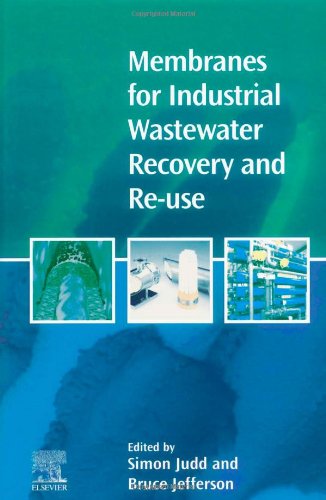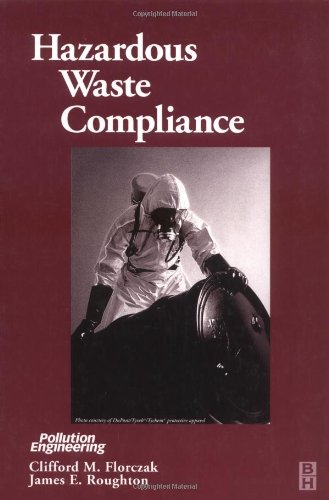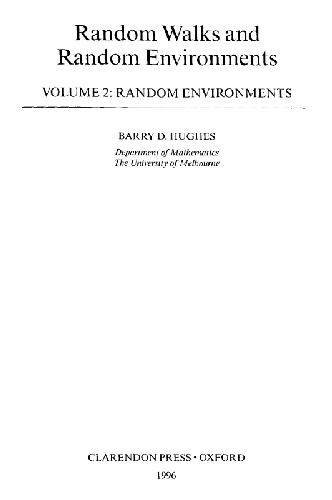Morton Lippmann0471793353, 978-0-471-79335-9
Preface — Contributors — 1: Introduction And Background — 1-1: Characterization of chemical contaminants — 1-2: Human exposures and dosimetry — 1-3: Chemical exposures and dose to target tissues — 1-4: Concentration of toxic chemicals in human microenvironments — 1-5: Inhalation exposures and respiratory tract effects — 1-6: Ingestion exposures and gastrointestinal tract effects — 1-7: Skin exposure and dermal effects — 1-8: Absorption through membranes and systemic circulation — 1-9: Accumulation in target tissues and dosimetric models — 1-10: Indirect measures of past exposures — 1-11: Characterization of health — 1-12: Exposure-response relationships — 1-13: Study options for health effects studies — References — 2: Perspectives On Individual And Community Risks — 2-1: Nature at risk — 2-2: Identification and quantification of risks — 2-3: Risk communication — 2-4: Risk reduction — References — 3: Reducing Risks-An Environmental Engineering Perspective — 3-1: Introduction — 3-2: Environmental risk-based decision making — 3-3: Applications and use — 3-4: Recent information — 3-5: Integrated assessments — 3-6: Summary — References — 4: Clinical Perspective On Respiratory Toxicology — 4-1: Concepts of exposure — 4-2: Tools for studying individuals — 4-3: Tools for studying populations — 4-4: Cardiovascular responses — 4-5: Limitations of clinical and epidemiological assessments of the effects of inhaled agents — 4-6: Advice and counseling of patients — 4-7: Summary — References — 5: Industrial Perspectives: Translating The Knowledge Base Into Corporate Policies, Programs, And Practices For Health Protection — 5-1: Life cycle of a chemical: many points for possible intervention — 5-2: Knowledge base for the identification of hazard control strategies — 5-3: Industrial hygiene and occupational health programs: implementing the knowledge base — 5-4: Product stewardship — 5-5: Responsible care — 5-6: Concluding perspective — 6: Drinking Water Disinfection By-Products — 6-1: Introduction — 6-2: Chemical methods of disinfection — 6-3: Chemical nature and occurrence of disinfectant by-products — 6-4: Associations of human disease with drinking water disinfection — 6-5: General toxicological properties of disinfectants — 6-6: General toxicological properties of disinfectant by-products — 6-7: Carcinogenic properties of disinfectants — 6-8: Carcinogenic by-products of disinfectants — 6-9: Effects of disinfectants and their by-products on reproduction — 6-10: Effects on development — 6-11: By-products of potential interest — 6-12: Summary and conclusions — Glossary — References — 7: Food — 7-1: Introduction — 7-2: Legal and regulatory framework in the United States — 7-3: Toxicity test requirements and safety criteria — 7-4: Substances intentionally added to food — 7-5: Food contaminants of industrial origin — 7-6: Constituents and contaminants of natural origin — 7-7: Food safety in the European union — 7-8: Summary and conclusion — Acronyms — References — 8: Volatile Organic Compounds And Sick Building Syndrome — 8-1: Introduction — 8-2: Prevalence of exposures to volatile organic compounds — 8-3: Health and volatile organic compounds — 8-4: Prevalence of the sick building syndrome — 8-5: Dose-response relationships for health effects caused by low-level VOC exposure — 8-6: Guidelines for volatile organic compounds in nonindustrial indoor environments-principles for establishment of guidelines — References — 9: Formaldehyde And Other Aldehydes — 9-1: Background — 9-2: Single-exposure health effects — 9-3: Effects of multiple exposures — References — 10: Ambient Air particulate Matter — 10-1: Sources and pathways for human exposure — 10-2: Ambient air PM concentrations — 10-3: Extent of population exposures to ambient air PM — 10-4: Nature of the evidence for human health effects of ambient air PM — 10-5: Epidemiological evidence for human health effects of ambient air PM — 10-6: Discussion and current knowledge on the health effects of PM — 10-7: Standards and exposure guidelines — References –; From the Publisher: This is the first single volume to assess human exposure to 19 critical environmental toxicants and explain how they affect human health. Each chemical and physical agent category covered is of current concern, and is analyzed by an expert in that particular field | |







Reviews
There are no reviews yet.